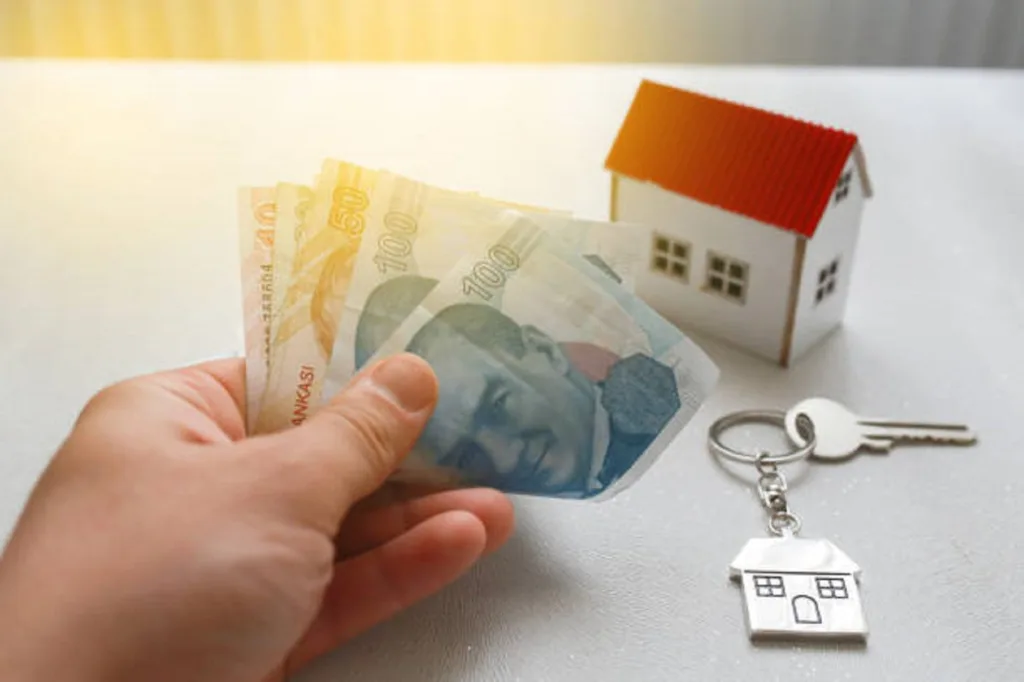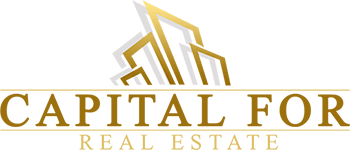In the realm of real estate investment, understanding the potential return on investment (ROI) is crucial to making informed decisions. This article explores the intricacies of calculating ROI specifically in the context of utilizing a hard money loan. By examining the key factors and considerations involved, you will gain a deep understanding of how to accurately assess the potential returns of your investment venture.
Understanding Hard Money Loans
What are hard money loans?
Hard money loans are a type of financing that is typically used for real estate investments. Unlike traditional bank loans, hard money loans are funded by private investors or companies. These loans are typically short-term and are secured by the value of the property being purchased. Hard money loans are often used by real estate investors who need quick access to funds or who may not qualify for traditional financing options.
How do hard money loans work?
When you apply for a hard money loan, the lender will evaluate the property you plan to purchase as well as your ability to repay the loan. Since hard money loans are asset-based, the lender is primarily concerned with the value of the property. If the lender determines that the property has sufficient value to serve as collateral, they may offer you a loan. The loan amount will typically be a percentage of the property’s value, known as the loan-to-value (LTV) ratio. Hard money loans often come with higher interest rates and shorter repayment terms compared to traditional loans. Once the loan is approved, the funds are disbursed, and you can proceed with your investment plans.

Factors Affecting Potential Returns
Loan Terms and Interest Rates
The loan terms and interest rates associated with hard money loans can significantly impact your potential return on investment. Since hard money loans typically have higher interest rates, your monthly payments will be higher compared to traditional loans. Additionally, the repayment terms for hard money loans are often shorter, meaning you will need to sell or refinance the property within a shorter timeframe. It is crucial to carefully consider the loan terms and interest rates offered by different lenders to ensure they align with your investment goals.
Loan-to-Value (LTV) Ratio
The loan-to-value (LTV) ratio is an essential factor that affects your potential returns. The LTV ratio determines the maximum amount you can borrow relative to the value of the property. Having a higher LTV ratio means you will need to invest less of your own money into the property, potentially increasing your return on investment. However, a higher LTV ratio also means a higher risk for the lender, which may result in more stringent loan terms or higher interest rates. It is crucial to strike a balance between the LTV ratio and your ability to repay the loan.
Property Condition and Location
The condition and location of the property can significantly impact your potential return on investment. Properties in desirable locations or with high growth potential tend to have higher appreciation rates, which can increase your returns when selling or refinancing the property. Similarly, properties in poor condition may require extensive repairs, which can eat into your potential profits. It is essential to thoroughly evaluate the property’s condition and location before proceeding with a hard money loan to ensure it aligns with your investment goals.
Exit Strategy
Having a well-defined exit strategy is crucial for calculating potential returns on investment when using a hard money loan. Your exit strategy outlines how you plan to repay the loan, whether through selling the property or refinancing with a traditional loan. To maximize your potential returns, it is essential to consider factors such as market conditions, property appreciation, and potential demand for the property. A clear and realistic exit strategy will help you make informed investment decisions and estimate your potential profits accurately.

Calculating Potential Return on Investment
Estimating Purchase Price
Estimating the purchase price of the property is the first step in calculating potential returns on investment. This involves conducting thorough market research, analyzing comparable sales, and considering the property’s condition and location. By examining similar properties in the area and taking into account any needed repairs or renovations, you can arrive at a reasonable estimate of the purchase price.
Determining After Repair Value (ARV)
The after repair value (ARV) is the estimated value of the property once all necessary repairs and renovations are completed. To determine the ARV, real estate investors typically research recent sales of similar properties in the area or consult with real estate agents and appraisers. By analyzing the ARV, you can gauge the potential appreciation of the property and calculate your potential returns on investment accurately.
Evaluating Repair Costs
Evaluating the repair costs is crucial for determining the potential return on investment when using a hard money loan. This involves obtaining multiple contractor quotes and considering different levels of repair. Careful evaluation of the property’s condition and necessary repairs will help you estimate the costs accurately and avoid any surprises that may eat into your potential profits.
Subtracting Loan Costs
When calculating potential returns on investment, it is essential to account for the loan costs associated with the hard money loan. This includes calculating interest payments over the loan term and accounting for any origination fees charged by the lender. Subtracting these loan costs from the estimated purchase price and repair costs will give you a clearer picture of your potential profits.
Analyzing Holding Costs
Holding costs are the expenses incurred while you own the property, such as monthly interest payments, property taxes, insurance, and maintenance expenses. These costs can significantly impact your potential return on investment, especially if the property takes longer to sell or you decide to hold onto it for an extended period. It is crucial to carefully analyze and account for these holding costs to accurately calculate your potential profits.
Accounting for Selling Costs
When estimating potential returns on investment, it is essential to consider the selling costs associated with selling the property. These costs typically include agent commissions and closing costs. By factoring in these costs, you can determine the net proceeds from the sale and calculate your potential profits accurately.
Calculating Total Investment
Calculating the total investment involves adding up the estimated purchase price, repair costs, loan costs, holding costs, and selling costs. This total investment represents the amount of money you will need to invest before factoring in potential profits. By having a clear understanding of the total investment, you can accurately gauge the risk and potential returns associated with the investment.
Assessing Potential Profit
Assessing the potential profit involves subtracting the total investment from the estimated after repair value (ARV) of the property. This calculation will give you a sense of the potential profit you can expect to make once the property is sold or refinanced. However, it is important to remember that this is an estimate and that there may be unforeseen circumstances that can impact the actual profit.
Considering Potential Risks
When calculating potential returns on investment, it is important to consider the potential risks associated with the investment. Real estate investments are subject to various risks, such as market fluctuations, unforeseen repairs, or changes in local regulations. By carefully evaluating the potential risks, you can make informed investment decisions and assess whether the potential return outweighs the risks involved.
Evaluating Return on Investment (ROI)
Evaluating the return on investment (ROI) is crucial for determining the overall profitability of the investment. ROI is calculated by dividing the potential profit by the total investment and expressing it as a percentage. This calculation allows you to compare the potential ROI of a hard money loan investment with other investment options and make an informed decision based on your financial goals and risk tolerance.

Estimating Purchase Price
Understanding Market Value
Estimating the purchase price of a property requires a thorough understanding of its market value. Market value is the price at which a property would sell in the current market conditions. By researching similar properties in the area, analyzing recent sales data, and considering market trends, you can arrive at a reasonable estimate of the property’s market value. This estimate serves as the basis for calculating potential returns on investment and helps you determine a suitable purchase price.
Negotiating a Good Deal
Once you have estimated the purchase price based on market value, negotiating a good deal is essential for maximizing your potential return on investment. This involves engaging in effective negotiations with the seller to secure a purchase price that aligns with your investment goals. By leveraging market knowledge, understanding the seller’s motivation, and highlighting the value you bring as a buyer, you can increase your chances of getting a favorable deal and boosting your potential profits.




